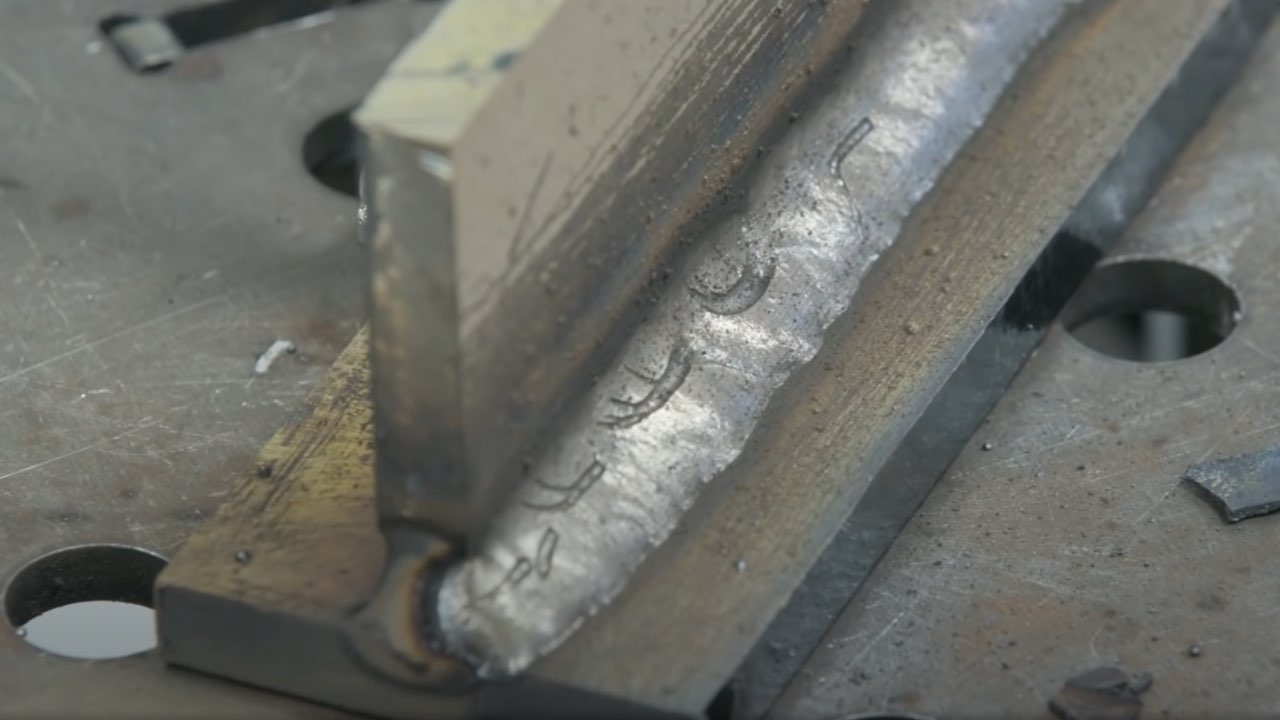What is Porosity in Welding: Key Elements and Their Impact on Weld Quality
Porosity in Welding: Identifying Common Issues and Implementing Best Practices for Prevention
Porosity in welding is a pervasive issue that often goes unnoticed till it causes considerable issues with the honesty of welds. This common problem can endanger the strength and durability of welded structures, posing safety and security dangers and leading to costly rework. By understanding the source of porosity and carrying out efficient prevention strategies, welders can significantly boost the top quality and integrity of their welds. In this discussion, we will check out the essential factors adding to porosity formation, examine its harmful effects on weld efficiency, and go over the most effective methods that can be adopted to reduce porosity incident in welding procedures.
Usual Reasons For Porosity

Another regular wrongdoer behind porosity is the presence of contaminants externally of the base metal, such as oil, grease, or corrosion. When these pollutants are not properly removed prior to welding, they can vaporize and end up being caught in the weld, causing problems. Using unclean or wet filler products can present impurities into the weld, contributing to porosity concerns. To mitigate these usual causes of porosity, thorough cleansing of base steels, appropriate protecting gas option, and adherence to optimum welding parameters are crucial practices in attaining top quality, porosity-free welds.
Influence of Porosity on Weld Quality

The presence of porosity in welding can considerably jeopardize the structural stability and mechanical residential properties of welded joints. Porosity produces gaps within the weld steel, deteriorating its general stamina and load-bearing capacity. These gaps act as tension concentration points, making the weld much more prone to fracturing and failing under used loads. Furthermore, porosity can lower the weld's resistance to corrosion and various other ecological factors, further decreasing its durability and performance.
One of the primary consequences of porosity is a decrease in the weld's ductility and toughness. Welds with high porosity levels often tend to display reduced impact strength and lowered capability to deform plastically prior to fracturing. This can be especially concerning in applications where the bonded elements are subjected to dynamic or cyclic loading conditions. Porosity can hinder the weld's capability to efficiently send pressures, leading to premature weld failure and possible security link hazards in important structures. What is Porosity.
Ideal Practices for Porosity Avoidance
To improve the structural honesty and high quality of welded joints, what specific steps can be executed to reduce the incident of porosity during the welding process? Porosity prevention in welding is critical to make sure the stability and toughness of the last weld. One effective technique appertains cleansing of the base steel, removing any type of impurities such as rust, oil, paint, or wetness that might result in gas entrapment. Making certain that the welding devices is in great condition, with tidy consumables and appropriate gas flow rates, can additionally significantly decrease porosity. Additionally, maintaining a secure arc and managing the welding parameters, such as voltage, present, and take a trip speed, aids create a constant weld pool that lessens the threat of gas entrapment. Making use of the correct welding technique for the details material being welded, such as adjusting the welding angle and weapon setting, can additionally avoid porosity. Regular assessment of welds and instant removal of any type of issues determined during the welding process are essential practices to stop porosity and create premium welds.
Importance of Appropriate Welding Techniques
Executing correct welding techniques is extremely important in guaranteeing the architectural integrity and quality of bonded joints, building upon the foundation of effective porosity prevention actions. Excessive warmth can lead to increased porosity due to the entrapment of gases in the weld pool. In addition, making use of the proper welding criteria, such as voltage, current, and site here travel speed, is essential for attaining sound welds with marginal porosity.
Additionally, the choice of welding procedure, whether it be MIG, TIG, or stick welding, must straighten with the specific demands of the job to guarantee optimal results. Correct cleaning and preparation of the base steel, along with choosing the ideal filler material, are additionally necessary elements of skilled welding strategies. By adhering to these finest techniques, welders can minimize the risk of porosity development and generate top quality, structurally sound welds.

Examining and Quality Assurance Steps
Checking treatments are crucial to find and prevent porosity in welding, guaranteeing the stamina and sturdiness of the final product. Non-destructive testing techniques such as ultrasonic screening, radiographic testing, and aesthetic examination are generally used to determine prospective defects like porosity.
Carrying out pre-weld and post-weld evaluations is likewise crucial in keeping quality assurance requirements. Pre-weld inspections entail confirming this article the products, devices settings, and sanitation of the work location to avoid contamination. Post-weld evaluations, on the various other hand, evaluate the last weld for any type of defects, consisting of porosity, and confirm that it meets specified standards. Applying a thorough top quality control plan that consists of extensive screening procedures and assessments is paramount to minimizing porosity concerns and guaranteeing the general top quality of welded joints.
Final Thought
To conclude, porosity in welding can be an usual concern that impacts the high quality of welds. By determining the usual reasons of porosity and implementing ideal methods for avoidance, such as appropriate welding methods and testing actions, welders can guarantee excellent quality and trustworthy welds. It is vital to focus on avoidance methods to reduce the incident of porosity and maintain the stability of welded structures.